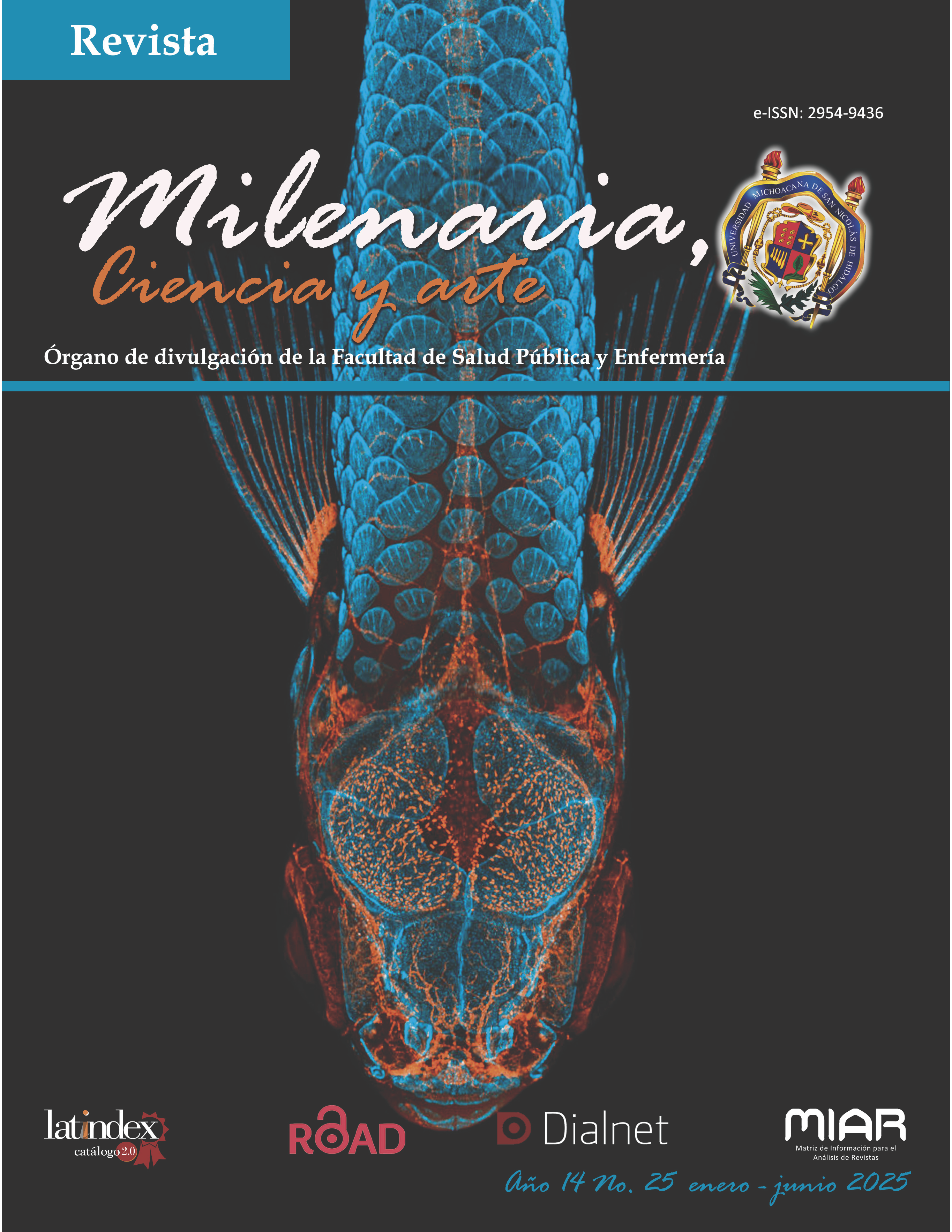The traffic rules of the cells
DOI:
https://doi.org/10.35830/mcya.vi25.602Keywords:
Cellular migration, chemotaxis, cytoskeletonAbstract
Movement is essential for life. Cells, as the fundamental units of living organisms possess the ability to move. This cellular movement, known as cellular locomotion, is observed in both unicellular and multicellular organisms. Cellular locomotion, is not only crucial for individual survival of cells but it is also necessary for the coordinated functioning of entire organisms. Migration is a specific type of cellular locomotion that occurs in a given biological context, typically directed towards a target or guided by specific signals to a particular destination. In humans, cell migration is a natural and a vital process during organogenesis and embryonic development. It plays a key role in tissue repair responses, including wound healing and angiogenesis. The functioning of the immune system heavily relies on cell migration. In cancer, however, this natural mechanism becomes deregulated. Tumor cells acquire the ability to migrate, but instead of doing so to fulfill normal functions, they move in a disordered and invasive manner (process known as metastasis). While cell migration is a vital process for life, its disruption becomes a double-edged sword that tumor cells exploit to move uncontrollably and colonize healthy tissue.
Downloads
References
Ananthakrishnan, R., & Ehrlicher, A. (2007). The Forces Behind Cell Movement. International Journal of Biological Sciences, 303-317. https://doi.org/10.7150/ijbs.3.303
Friedl, P., & Gilmour, D. (2009). Collective cell migration in morphogenesis, regeneration and cancer. Nature Reviews Molecular Cell Biology, 10(7), 445-457. https://doi.org/10.1038/nrm2720
Jiang, J., Li, L., He, Y., & Zhao, M. (2013). Collective cell migration: Implications for wound healing and cancer invasion. Burns & Trauma, 1(1), 21. https://doi.org/10.4103/2321-3868.113331
Padilla-Raygoza, N., Monroy-Torres, R., Sandoval-Salazar, C., Vera-Becerra, L. E., Patiño-López, M. E., De Lourdes García-Campos, M., Beltrán Campos, V., Del Carmen Ortega Jiménez, M., Del Carmen Delgado-Sandoval, S., Ramírez-Gómez, X. S., Jimenez-García, S. N., & López- Lemus, H. L. (2020). Cancer prevention programmes in Mexico: Are we doing enough? Ecancermedicalscience, 14. https://doi.org/10.3332/ecancer.2020.997
Roussos, E. T., Condeelis, J. S., & Patsialou, A. (2011). Chemotaxis in cancer. Nature Reviews Cancer, 11(8), 573-587. https://doi.org/10.1038/nrc3078
SenGupta, S., Parent, C. A., & Bear, J. E. (2021). The principles of directed cell migration. Nature Reviews Molecular Cell Biology, 22(8), 529-547. https://doi.org/10.1038/s41580-021-00366-6
Shellard, A., & Mayor, R. (2020). All Roads Lead to Directional Cell Migration. Trends in Cell Biology, 30(11), 852-868. https://doi.org/10.1016/j.tcb.2020.08.002
Wang, T., Rao, D., Yu, C., Sheng, J., Luo, Y., Xia, L., & Huang, W. (2022). RHO GTPase family in hepatocellular carcinoma. Experimental Hematology & Oncology, 11(1), 91. https://doi.org/10.1186/s40164-022-00344-4
Downloads
Published
How to Cite
Issue
Section
License
Copyright (c) 2025 Milenaria, Ciencia y arte

This work is licensed under a Creative Commons Attribution-NonCommercial-ShareAlike 4.0 International License.





